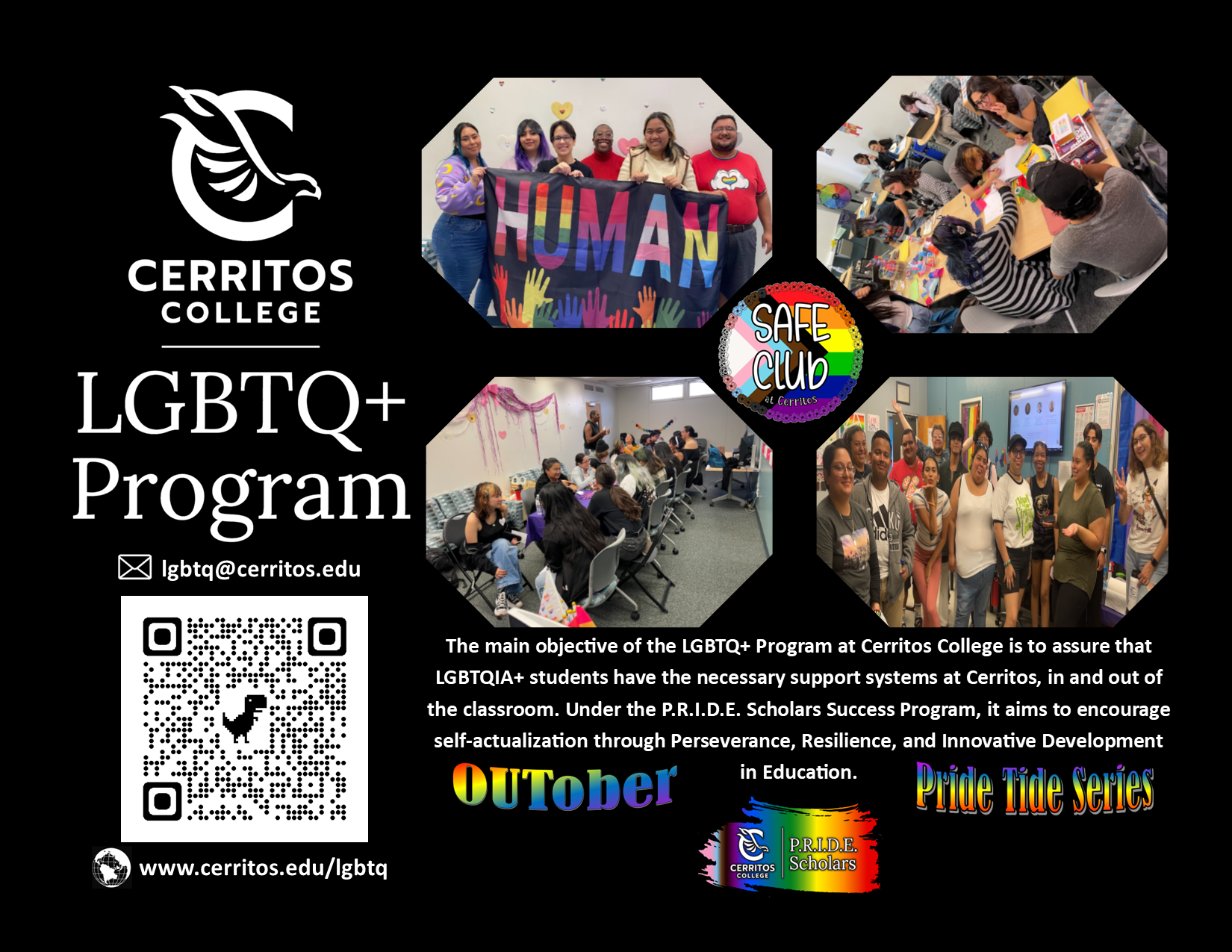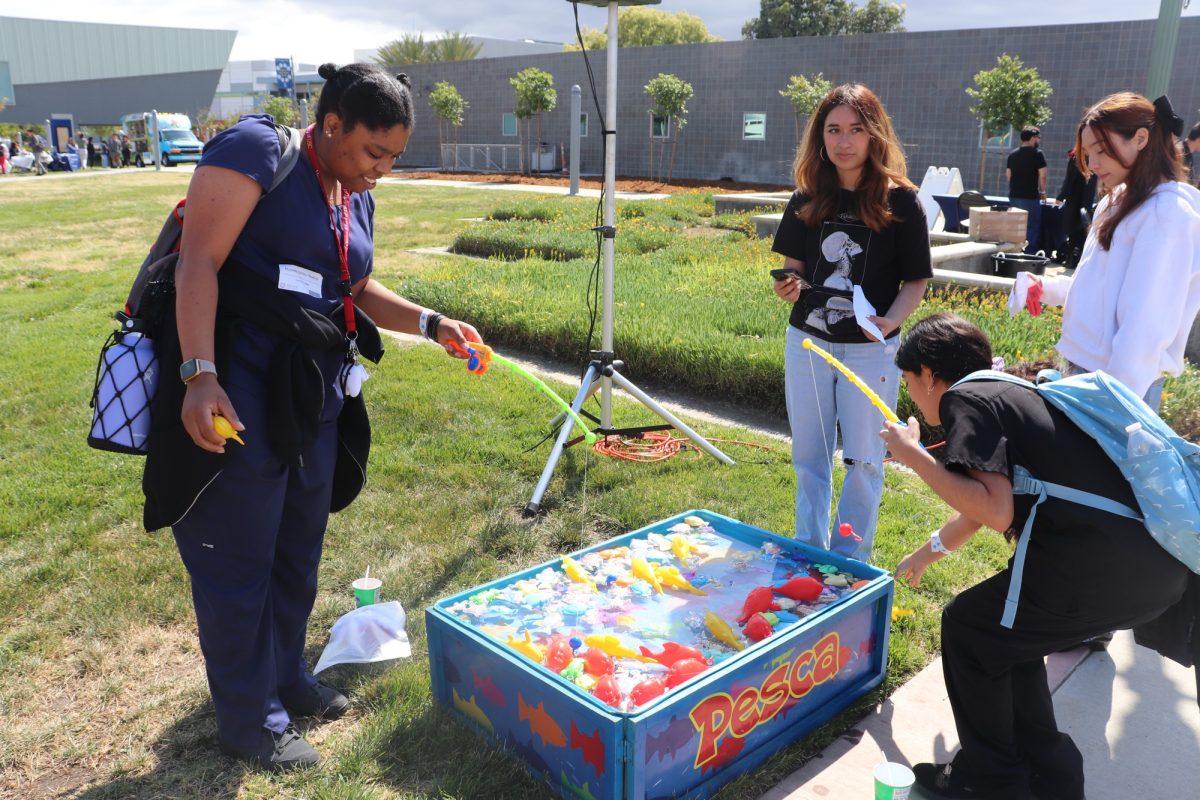With the new semester underway, only one thing comes to mind: the cost of classes, cost of books and any other added expenses one may encounter throughout the semester.
Yes, the cost for classes did drop, which alleviates some of the cost, but it’s not going to make a big difference.
Books are still expensive and by this time all the used books have been sold, so you’re stuck buying the new plastic wrapped books that are still on the bookstore shelf.
For those students that do qualify for financial aid, it covers a portion of it if not all of the cost of books. But what about the students that don’t qualify because their parents make too much or they themselves make too much money to qualify for financial aid? Most of the time they have to pay for tuition and books with their handy dandy credit card.
But that’s not the only reason why one uses a credit card.
“I can’t work full time, I work part time so I depend on my credit card,” Michelle King, liberal arts major, explained on why she needs to use her credit card.
King just transferred to Cal-State L.A., and she explained how big of a difference the cost for classes and books are in comparison when she used to attend Cerritos College.
She explained that in the Cal-State system they don’t charge per unit like community colleges do but they break it down into categories, for instance they charge you a certain specific fee if you’re taking six or more units and then there’s another category for 12 or more units.
“For six or more units, it cost $1,028,” King explained. She also mentioned that the price of books are more expensive as well.
“It’s not a big difference maybe $150 more or less,” King added.
She also mentioned that this semester at CSULA she is taking a Women’s Studies class, which she found out that the same exact class is offered at Cerritos.
“I wish I would have known, because I would have taken it there (at Cerritos) instead.”
However, the cost of a higher education isn’t necessarily the reason why students get into debt.
Vanessa Garcia, biology major, can attest to school not being the reason why she used her credit card.
“I used them for make-up, Target stuff, clothes, digital cameras and unnecessary items that I wish I had receipts for so I could return them all,” Garcia confesses.
It’s not only the credit card companies that offer credit cards, but retail stores offer store credit cards as well.
“When I go shopping I always end up getting a credit card from the store because they (lure me in) with its 10 percent off,” Garcia explained on having so many credit cards.
However, she does feel that one needs to be responsible when applying or accepting a credit card.
Garcia added, “I’m a responsible person so I’m not using (credit cards) now that I don’t have a job.”
Garcia also mentioned that having a credit card is both good and bad.
“They’re good because they build your credit but (you need to learn to) keep up with your payments,” she suggested.
And her reason for credit cards being bad is that they are addicting and it’s “easy money” as well.
Another reason why the credit cards are bad is because the interest on the account is always rising. And, if you don’t pay more than the minimum or don’t pay it off right away you end up paying double for those books or that make-up that you bought.
Experian, the credit – reporting agency, did an analysis for USA TODAY showing that two-thirds of people in their twenties do have some debt and half of them have stopped paying their bills.
And when card holders stop paying their bills for a certain amount of time the lenders or credit card companies sell the debt to collection agencies and that’s when the phone calls start.
Carol Sandoval, liberal studies major, believes that the reason so many young adults get into debt is because they spend foolishly and they buy what they want instead of what they need.
Sandoval, like King just recently transferred to a four-year college as well and she does agree that the cost of tuition is a lot more expensive as well, but once again if you qualify for financial aid the tuition is covered for the most part.
She also mentioned that student loans are offered at the universities as well, but the difference between loans and financial aid is that the loans you have to pay back.
Many of the school loans allow students to pay after you graduate from the school, but the amount can continue to rise depending on how many loans you take out per semester.
So by the time college students graduate with whatever type of degree they wanted to earn they end up being thousands of dollars in debt.
According to end-your-debt.com the average student debt is $3,000.
But in all reality, who is the bad guy? Is it the credit card companies or the people using the cards?
On one hand the credit card companies do tend to send out approval letters or call houses once a person turns 18 and the companies give them a card without question.
What the companies forget to explain to the cardholders especially the young adults is the annual percentage rate and the fees that one will be charged if the bill is late or if they get a cash advance.
Their defense in these cases is that they send you material to read so you can better understand the way the card works.
However, no one tells these cardholders to use their credit cards when shopping.
Sandoval’s advice is to ” be realistic and get your priorities straight and spend only what is within your budget.”










